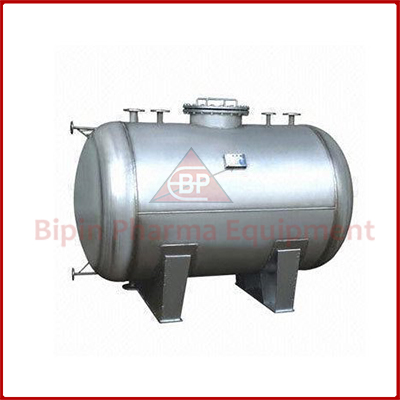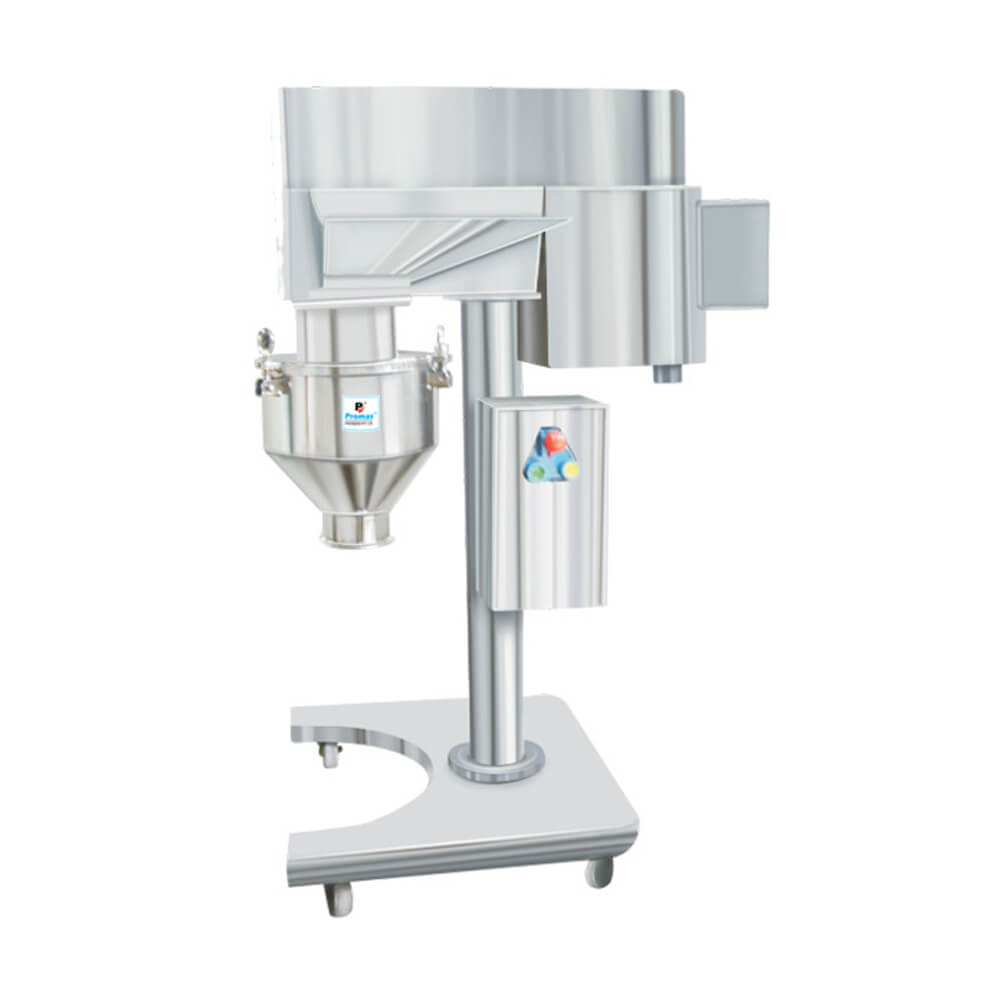Receiver in Thanjavur
A chemical reactor receiver is a vessel or container used in chemical processing to receive, store, and handle the products or reactants of a chemical reaction. Receiver in Thanjavurs play a crucial role in managing the output of chemical reactors and ensuring efficient and safe chemical processes.

Here are the key salient features of a chemical reactor receiver:
-
Product Collection: The primary function of a reactor receiver is to collect and store the products of a chemical reaction, including liquids, gases, or solids.
-
Safety and Containment: Receivers are designed with safety in mind, providing containment for hazardous materials and preventing leaks or spills.
-
Pressure and Temperature Control: Receivers may have pressure and temperature control systems to maintain the desired conditions for safe storage and handling of the collected products.
-
Customizable Size: They come in various sizes and capacities to accommodate different reaction volumes and production requirements.
-
Material Compatibility: Receivers are typically constructed from materials that are compatible with the chemicals and reactants being processed, preventing corrosion or contamination.
-
Easy Loading and Unloading: Receivers are designed for easy loading and unloading of products, often with features like valves, ports, or connections for efficient transfer.
-
Isolation and Separation: In some cases, receivers are equipped with separation mechanisms, such as filters or settling chambers, to separate different phases or components of the reaction products.
-
Storage and Holding: Receivers can store reaction products temporarily until they are further processed, analyzed, or transferred to subsequent steps in the production process.
-
Access Ports: Receivers may have multiple access ports, inspection windows, or sampling points for easy monitoring, sampling, and maintenance.
-
Cleanability and Maintenance: They are designed for ease of cleaning and maintenance, with smooth interior surfaces and accessibility for inspection and repairs.
-
Pressure Relief: Receivers are equipped with pressure relief devices to prevent overpressurization and ensure safe operation.
-
Scale-Up Capability: Receivers are available in various sizes and configurations, allowing for scale-up from laboratory-scale experiments to large-scale production.
-
Documentation and Compliance: Models designed for industries like pharmaceuticals and chemicals often come with comprehensive documentation packages, including validation documentation (IQ, OQ, DQ/Manual), to ensure regulatory compliance.
-
Corrosion Resistance: Receivers are constructed from materials that resist corrosion and degradation, ensuring the integrity of stored products.
-
Sealing and Leak Prevention: Receivers are equipped with seals, gaskets, or other leak prevention mechanisms to maintain a sealed environment.
-
Integration: Receivers can be integrated into chemical processing systems seamlessly, facilitating efficient product collection and transfer.
-
Safety Features: Receivers often include safety features such as rupture disks, pressure relief valves, and venting systems to prevent overpressure situations.
-
Environmental Controls: Some receivers may include environmental controls, such as temperature regulation or inert gas purging, to maintain product quality.
Chemical reactor receivers are essential components in chemical processing systems, helping manage the output of chemical reactions and ensuring safe and efficient production processes. Their design and features are tailored to the specific requirements of the chemical processes and industries in which they are used.

